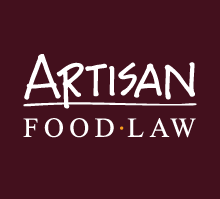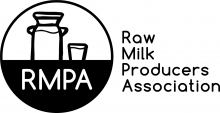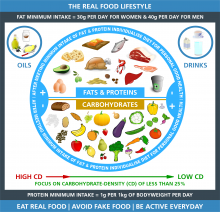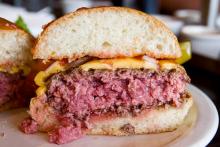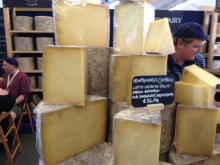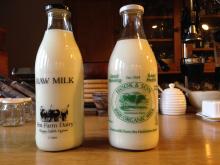The number of dairy farms producing raw drinking milk for direct sale to consumers has grown from 114 in 2017 t0 166, a rise of 46% over the last two years.
It is against this background that the Raw Milk Producers Association (RMPA) was launched on 4 March by a group of dairy farmers currently producing and selling raw drinking milk direct to consumers. The Food Standards Agency (FSA) has for some time planned to tighten controls over the sale of raw drinking milk which makes this a timely collaboration between producers who, working with the FSA, can ensure any new controls are reasonable and proportionate.
